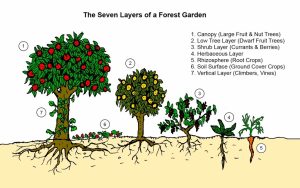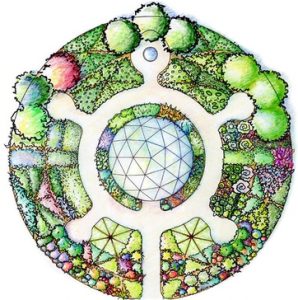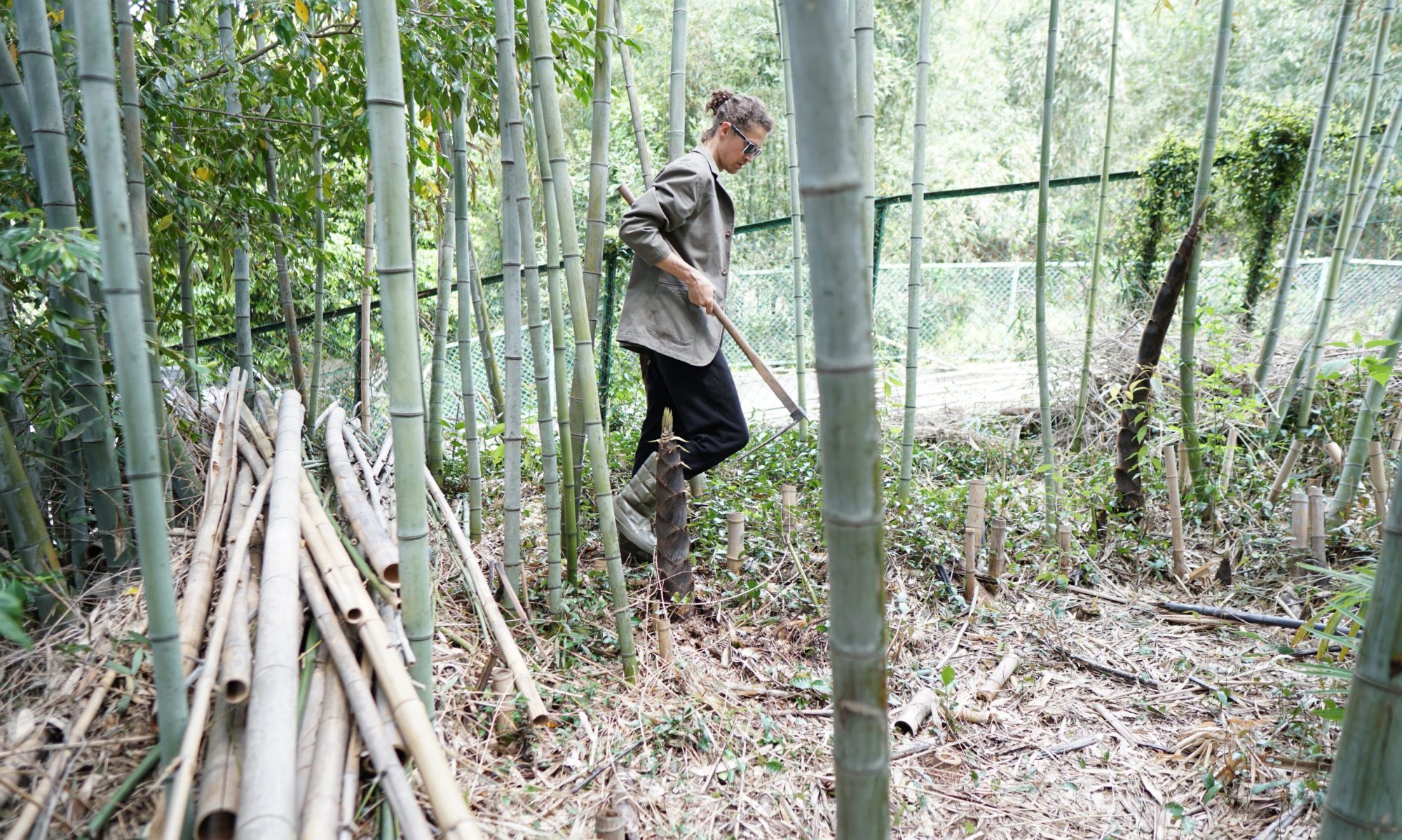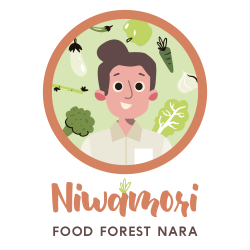Today, I would like to talk to you about agroforestry and the living carbon cycle. Have you ever wondered what to do with the garden branches of trees in your garden? Or what to do with the seemingly useless trees and plants? The answer lies in understanding the regeneration of soil. Trees growing in your garden have a magnetic field shape that is similar to that of the Earth and it looks like the shape of an apple. This torus magnetic field is everywhere and can be harnessed for your advantage.

Agroforestry is the practice of planting trees and adding smaller perennials and annuals in the space between. Each plant is at a different layer in the forest. The first layer is the mother tree, which has nuts or something that falls on the ground and provides refuge for birds. It also pumps water from the soil back to the surface. The second layer is the smaller tree with fruits, which can be climbed to pick the fruits every year. The next layer is bushes with little berries, followed by a large leaf layer like kale or arugula, and then the cover soil layer, which protects your soil from direct sun rays and is also edible. The sixth layer is the root layer, which includes carrots or radish, and the seventh layer can provide you with other kinds of foods, as it involves plants growing and climbing on top of other trees and bushes.
Agroforestry involves carbon harvesting all the time, which means that you can recycle the carbon cycle in your garden. You can take the brown and dead from one plant and feed it to the next one. The magnetic idea of agroforestry is as above so below, as it grows like a canopy on top and like an inverted network of roots inside the soil. The leaves fall down under the tree, which then builds a center of gravity around them to transform the matter into another life form. Mushrooms and bacteria can help break down this living carbon into new edible matter for other plants.
The carbon that the tree gathers around it does soil regeneration, which is why you should not rake the leaves away. Every year, this accumulated matter becomes bigger and more fertile, eventually creating a food forest. Agroforestry is very different from annual gardening, as it follows the growth cycles of many layers of plants to create a living food paradise where every season produces a new crop. You can start small, observe, and gradually add things to create a personal, unique, and rewarding experience.
I hope you enjoyed learning about agroforestry and the living carbon cycle. In the next conversation, we can discuss another interesting topic. Have a good day!



